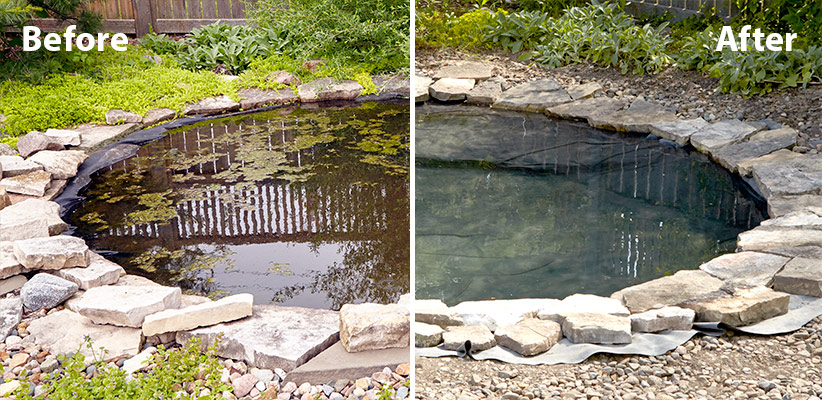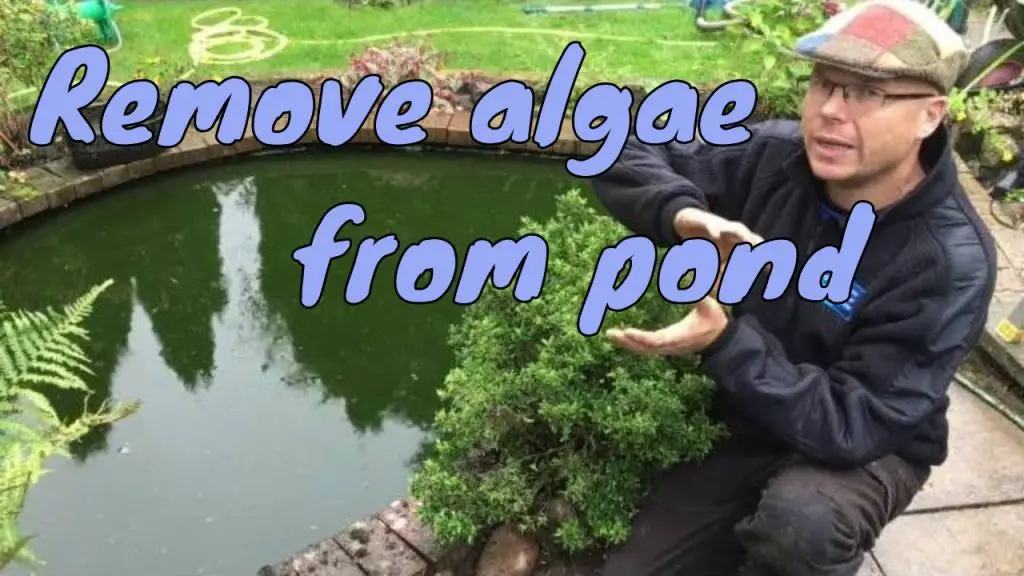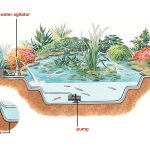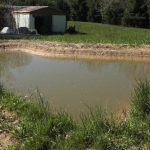Algae growth is a common problem that pond owners face. Not only does it make the pond look unsightly, but it can also harm the fish and plants living in the pond. If you are struggling with algae in your pond, don’t worry! In this article, we will discuss effective methods to clean algae from a pond and restore its natural beauty.
1. Manual Removal
One of the simplest ways to remove algae from your pond is through manual removal. You can use a pond net or a pond rake to skim the surface and physically remove the algae. Make sure to wear gloves to protect your hands from any sharp objects that might be hidden in the algae. Additionally, you can use a long-handled brush to scrub the sides of the pond to remove any attached algae.
2. Barley Straw
Barley straw is a natural and effective method to control algae growth in ponds. It works by releasing certain compounds as it decomposes, which inhibit the growth of algae. You can place barley straw bales or pellets in your pond to prevent algae from flourishing. It is important to note that barley straw takes time to break down and show results, so patience is key when using this method.

Credit: www.gardengatemagazine.com
3. Pond Aeration
Pond aeration is another effective way to combat algae in your pond. Algae thrive in stagnant water, so by introducing aeration, you can increase oxygen levels and promote a healthier pond ecosystem. Aeration can be achieved through the use of fountains, waterfalls, or air pumps. These devices help circulate the water, preventing algae from settling and multiplying.
4. Chemical Treatments
If the algae growth in your pond is severe and other methods have not yielded satisfactory results, you may consider using chemical treatments. There are various algaecides available in the market that can quickly kill and remove algae from your pond. However, it is crucial to carefully follow the instructions provided by the manufacturer, as improper use can harm the fish and plants in your pond.
5. UV Sterilizers
UV sterilizers are devices that use ultraviolet light to kill algae cells and prevent them from reproducing. These sterilizers are installed in the pond’s filtration system and are highly effective at controlling algae growth. UV sterilizers work by exposing the water to UV rays, which disrupt the cellular structure of algae, making it unable to multiply. Regular maintenance and replacement of the UV bulb are necessary for optimal performance.
6. Proper Pond Maintenance
Prevention is always better than cure. To avoid excessive algae growth in your pond, it is important to maintain proper pond hygiene. Here are some key maintenance tips:
- Regularly remove leaves and debris from the pond surface.
- Control excess nutrients by limiting fish feeding and using a quality pond filter.
- Keep a balanced fish population to prevent overloading the pond with waste.
- Avoid over-fertilizing nearby plants, as the excess nutrients can promote algae growth.
- Regularly check and clean the pond pump and filter to ensure proper water circulation.
By following these maintenance practices, you can significantly reduce the chances of algae taking over your pond.

Credit: www.wikihow.com
Conclusion
Algae growth can be a persistent problem in ponds, but with the right techniques, it can be effectively managed. Whether you choose manual removal, natural remedies, or chemical treatments, it is essential to take action promptly to prevent further algae proliferation. Remember to maintain proper pond hygiene to minimize the chances of algae growth in the future. By following these steps, you can keep your pond clean, clear, and algae-free, ensuring a healthy ecosystem for your aquatic plants and fish.





